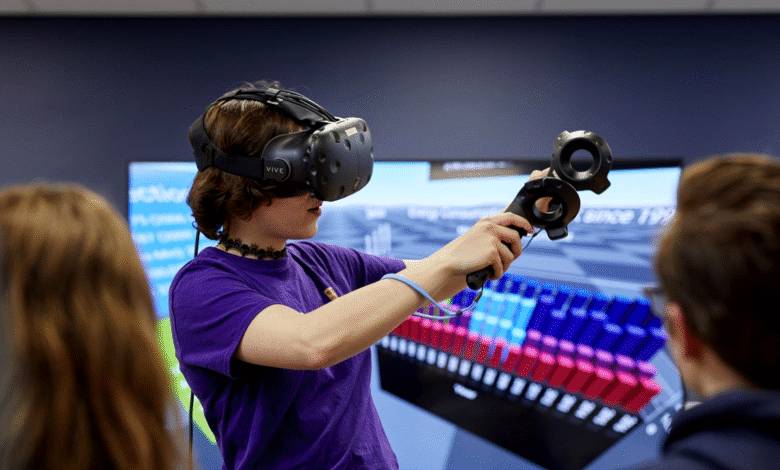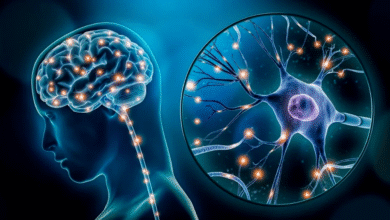The Art of Creativity: Strategies for Innovations

Creativity, often hailed as the heartbeat of innovation, is a force that propels society forward, pushing boundaries and reshaping the way we perceive and interact with the world. In this comprehensive exploration, we’ll delve into the intricate relationship between creativity and innovation, explore strategies to nurture a creative mindset and examine the role of creativity across various domains.
Read More: 25 Insights to Boost Autonomy at Work
The Art of Creativity

The importance of creativity cannot be overstated. It serves as the driving force behind innovation, acting as a catalyst for progress in fields ranging from science and technology to business and the arts. The profound impact of creativity is felt in the novel solutions it births and the transformative ideas it introduces into society.
Understanding Creativity
Defining Creativity
At its essence, creativity is the ability to generate novel and valuable ideas. It goes beyond traditional artistic expression, encompassing problem-solving, critical thinking, and the ability to think outside the box. Creativity involves breaking away from the conventional and exploring uncharted territories of thought.
The Role of Imagination
Imagination acts as the cornerstone of creativity. It is the fuel that propels the mind beyond the limits of the known, allowing individuals to envision possibilities that others might overlook. Originality and innovation are born from the boundless realms of imagination.
The Link Between Creativity and Innovation
Creativity and innovation share a symbiotic relationship. Creativity provides the raw material—novel ideas and perspectives—while innovation transforms these ideas into tangible outcomes that have a real impact on the world. Real-world examples abound, illustrating how creative thinking has led to groundbreaking innovations.
Real-world Examples
Consider companies like Apple and Google. Their success is not merely a result of efficient business practices but, more importantly, stems from their commitment to fostering creativity. From the revolutionary iPhone to the Google search algorithm, these innovations were rooted in creative thinking.
Fostering a Creative Mindset
Unlocking Creativity
Contrary to common belief, creativity is not an innate talent reserved for a select few. It is a skill that can be cultivated. Strategies such as mind mapping, brainstorming, and engaging with diverse perspectives can unlock the creative potential within individuals.
Cultivating a Culture of Creativity
Beyond individual creativity, creating an environment that nurtures and sustains creative thinking is crucial. Organizations and communities can encourage a culture of creativity by promoting open communication, celebrating diverse ideas, and fostering an atmosphere where risks are seen as opportunities for growth.
Overcoming Creative Blocks
Identifying Obstacles
Creative blocks are common but surmountable challenges. Recognizing these obstacles, which may include fear of failure, perfectionism, or external pressures, is the first step in overcoming them.
Techniques for Overcoming Blocks
Practical techniques can aid individuals in overcoming creative blocks. Taking breaks, seeking inspiration from diverse sources, and collaborative problem-solving are effective ways to reignite the creative spark.
Creativity in Problem Solving
Creativity is a powerful tool in problem-solving. Beyond the conventional methods, creative thinking allows individuals to approach challenges from unique angles, often leading to innovative solutions. Let’s explore case studies that exemplify the impact of creative problem-solving.
Case Studies
Consider the development of a low-cost, portable medical diagnostic device. In the face of limited resources and pressing healthcare needs, a group of engineers employed creative problem-solving techniques to devise a solution that is now saving lives.
Creativity in Business
Impact on Business Success
In the competitive landscape of business, creativity is a differentiator. Companies that prioritize and integrate creativity into their processes and products often stand out, attracting both customers and top talent.
Implementing Creative Strategies
Businesses can foster creativity by incorporating it into their strategies. This involves creating a work environment that encourages experimentation, values diverse perspectives, and supports a culture where failure is seen as a stepping stone to success.
Innovative Technologies and Creativity
Role of Technology
Technological advancements have significantly influenced and expanded the creative landscape. From digital art to artificial intelligence-driven innovations, technology provides new avenues for creative expression and problem-solving.
Innovations Driven by Technology
The integration of technology in fields such as healthcare, finance, and communication has led to groundbreaking innovations. This intersection of creativity and technology showcases the transformative power of embracing new tools and possibilities.
The Creative Process

Stages of Creativity
Understanding the creative process is key to harnessing its power. The creative process typically involves stages such as preparation, incubation, illumination, and verification. Each stage plays a crucial role in the development of innovative ideas.
Tips for Enhancing Creativity
Practical tips can enhance creativity at each stage of the creative process. Fostering a curious mindset, embracing challenges, allowing time for reflection, and being open to collaboration are essential ingredients for a robust creative journey.
Creativity in Education
Integrating Creativity
Education plays a pivotal role in shaping future generations. Integrating creativity into the educational system is essential for preparing students to navigate the challenges of the future. Creative exercises, curiosity-driven learning, and valuing diverse forms of intelligence contribute to a holistic educational experience.
Benefits for Students
Students who engage in creative learning experiences develop not only subject-specific knowledge but also critical thinking skills, resilience, and an innovative mindset. These qualities are invaluable in preparing them for the dynamic demands of the modern world.
Creativity Across Industries
Essential in Various Industries
Creativity is not confined to specific sectors. It is a universal force that is essential across various industries. Let’s explore success stories that highlight the transformative power of creativity in different professional domains.
Success Stories
In the fashion industry, the evolution of sustainable practices is a testament to the impact of creative thinking. Similarly, the development of eco-friendly technologies showcases how creativity can drive positive change in industries striving for sustainability.
Measuring Creativity and Innovation
Assessment Tools
Measuring creativity and innovation involves using specialized tools and methods tailored to specific contexts. These assessments provide valuable insights into the effectiveness of creative processes and the impact of innovative ideas.
Importance of Measurement
For organizations committed to continuous improvement, understanding the impact of creativity and innovation is crucial. Measurement allows for informed decision-making and the adaptation of strategies to stay ahead in an ever-changing landscape.
Challenges in Sustaining Creativity
Addressing Challenges
While fostering a creative environment is crucial, it comes with its own set of challenges. Resistance to change, fear of failure, and external pressures can threaten the sustainability of a creative culture. Addressing these challenges is essential for maintaining a vibrant creative atmosphere.
Strategies for Long-term Success
Implementing strategies for long-term success involves more than just addressing challenges; it requires a proactive approach. Fostering a supportive culture, providing resources for creative endeavors, and promoting work-life balance contribute to sustained creativity.
The Role of Leadership in Fostering Creativity

Leadership Impact
Leaders play a pivotal role in fostering creativity within their teams. Leadership styles that encourage autonomy, open communication, and a shared vision empower individuals to express and implement creative ideas.
Fostering Creativity in Teams
Creating a conducive environment for teamwork, recognizing and rewarding creative contributions, and providing mentorship are key actions that leaders can take to enhance creativity within their teams.
Conclusion
The art of creativity is a dynamic force that transcends boundaries and propels society forward. Understanding its intricacies, fostering a creative mindset, and embracing innovation are essential for navigating an ever-evolving world.
Read More: How to Use Photoshop: A Beginners Guide to Editing Photos
FAQs
- How can I cultivate creativity in my daily life? Incorporate activities that stimulate your imagination, such as reading diverse content, engaging in creative hobbies, and exploring new experiences.
- Is creativity limited to artistic endeavors? No, creativity extends to various aspects of life, including problem-solving, critical thinking, and innovative approaches in fields like science and business.
- What role does leadership play in fostering creativity? Leadership plays a crucial role in creating an environment that encourages creativity by promoting open communication, providing resources, and recognizing creative contributions.
- How can businesses integrate creativity into their strategies? Businesses can foster creativity by creating a supportive work culture, encouraging experimentation, and valuing diverse perspectives in decision-making.
- Why is measuring creativity important for organizations? Measuring creativity provides insights into the effectiveness of creative processes, helping organizations adapt and innovate in response to changing circumstances.







